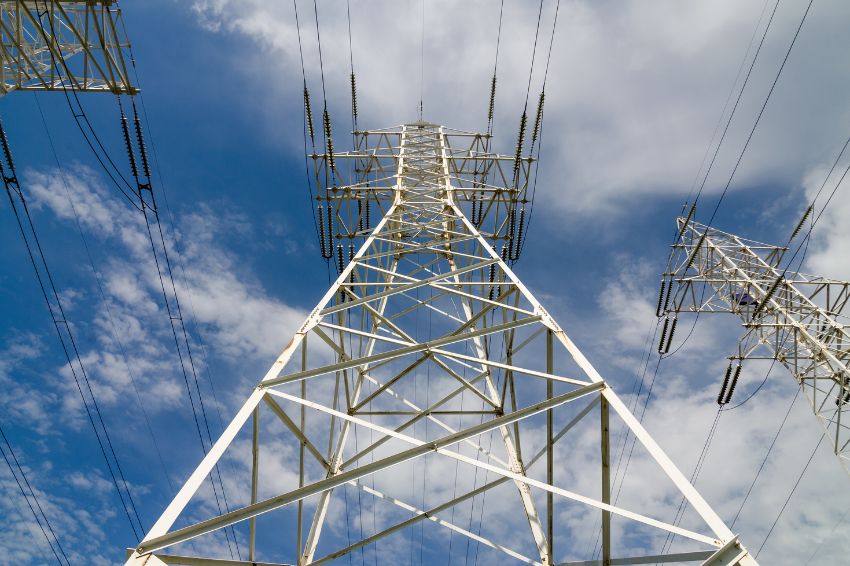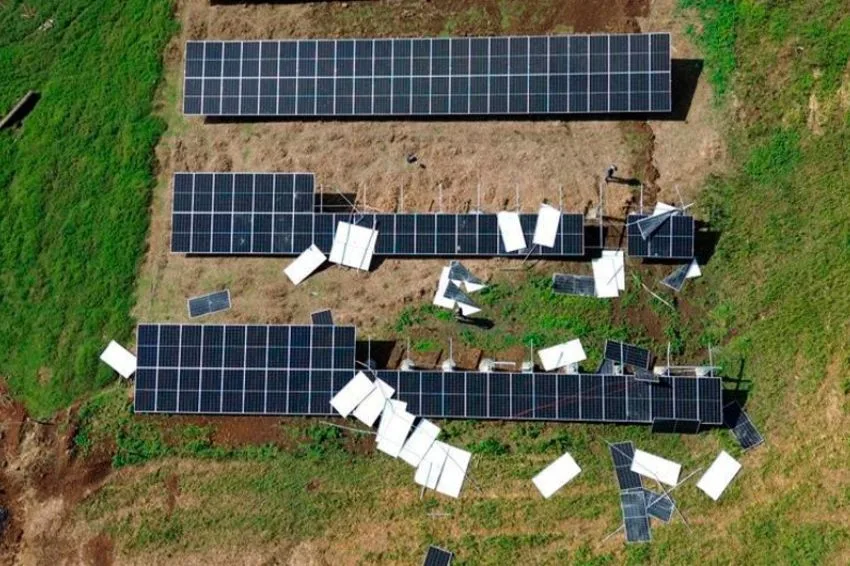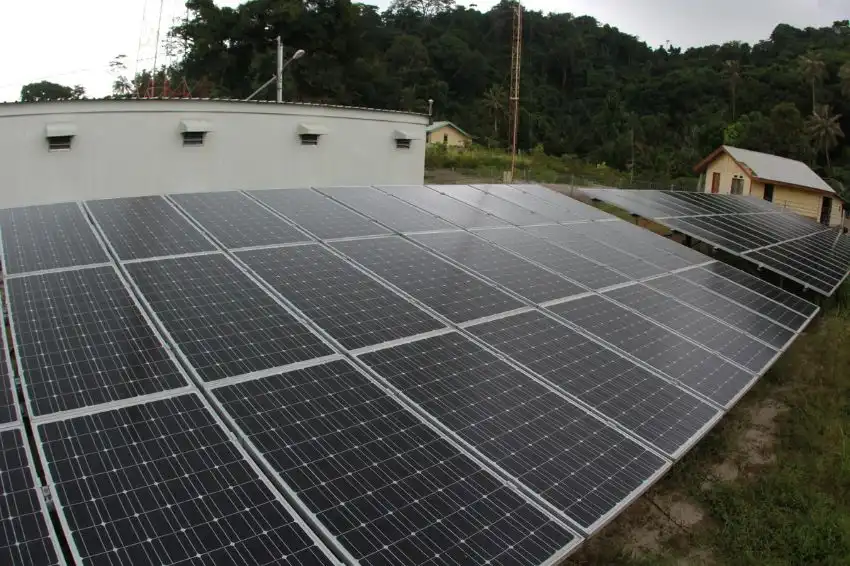Since 2021, the ANEEL (National Electric Energy Agency) has been debating at the Public Consultation No. 39/2021 improving the methodology of TUSD/TUST calculation (Tariffs for Use of the Distribution and Transmission System).
At the conclusion of the second phase of the public consultation, the Normative Resolution No. 1,024/2022, which inaugurated Submodule 9.4 of the PRORET (Tariff Regulation Procedures) and established the new methodology for calculating the TUST of generating plants accessing the basic network.
A setting the TUST will now observe the methodology for calculating the floating tariff envelope. For generating plants, this is equivalent to saying that the tariff applied to the generator will initially be calculated based on the tariff for its connection bus.
From the second tariff cycle onwards, the Established TUST will be readjusted annually through the IAT (Transmission Update Index), which considers the IPCA and IGP-M, and the transmission expansion risk index (Re), limited to a variation of 5% per year.
The new methodology differs from the old one due to two main factors. Firstly, because the prediction of the TUST stabilization for a period of 10 tariff cycles, which will be adjusted annually. And second, because TUST was previously updated only using the Transmission Update Index.
With these modernizations, the Agency intended to better address the distribution of tariff costs for connection to the basic network, promoting the burden on generating plants that demand the most from SIN (National Interconnected System), as well as avoiding the distortion of tariff costs for new entrants.
This is because the TUST of new entrants would conflict with the tariff stabilization of generating plants already accessing the SIN. As a side effect, the old methodology also subjected agents to the possibility of tariff revisions at high percentages, after the end of the period of around 10 years of tariff stability.
It turns out that the new TUST calculation methodology came into force on June 30, 2022. As a result, on July 14, 2022, ANEEL published the Homologatory Resolution No. 3,066/2022, starting to apply the new methodology to generating plants that had been granted and did not have TUST established.
The short time between the publication of the standards generated two main weaknesses felt by the sector. It was expected transitional regime that would allow sector agents to incorporate the new TUST costs into the economic-financial equation of their projects.
In other words, it is almost like saying that the 15 days between the standards did not reflect an effective transition regime, especially for projects that have more complex financing conditions and were surprised by the new tariff values.
The sensitivity is even greater for projects that already had a current grant and which, according to the old methodology rule, should have had, at the time of granting, TUST established and with tariff stability for 10 tariff cycles, according to the rule of art. 5th of Normative Resolution No. 559/2013.
The interpretation given was to suppress the acquired rights of these projects. Above all because the PRORET submodule 9.4 By providing for the transition regime for applying the new methodology, it only guaranteed tariff stability for generating plants with TUST already approved.
However, ANEEL approved the TUST of the generating plants granted based on the new methodology, tacitly denying the application of art. 5th of Normative Resolution No. 559/2013.
The market's discomfort is deepening because the third phase of Public Consultation No. 39/2021 is analyzing the approval of the intensification of locational signal for generating plants.
According to the AIR 02/2021 (Regulatory Impact Analysis nº 02/2021), the assessment is that this adjustment should reflect higher TUST values for generating plants connected in the North/Northeast submarkets.
Thus, even though for the Southeast/Central-West/South submarkets there is a slight presumption that the TUST defined by the new methodology will remain without major variances, the regulatory studies printed by ANEEL do not reflect the same conclusions for the North/Central submarkets. North East.
In practical terms, agents are divided between questions about the illegalities in adopting the new TUST calculation methodology. After all, we are talking about the possibility of high rates of tariff adjustment, with the addition of new charge items, which may be sensitive to some agents and not impact others.
Between regulatory weaknesses and ANEEL's intention to promote the allocation of costs for a rapidly expanding electrical system, the rhetoric remains: if not with reason, who has the right?

















